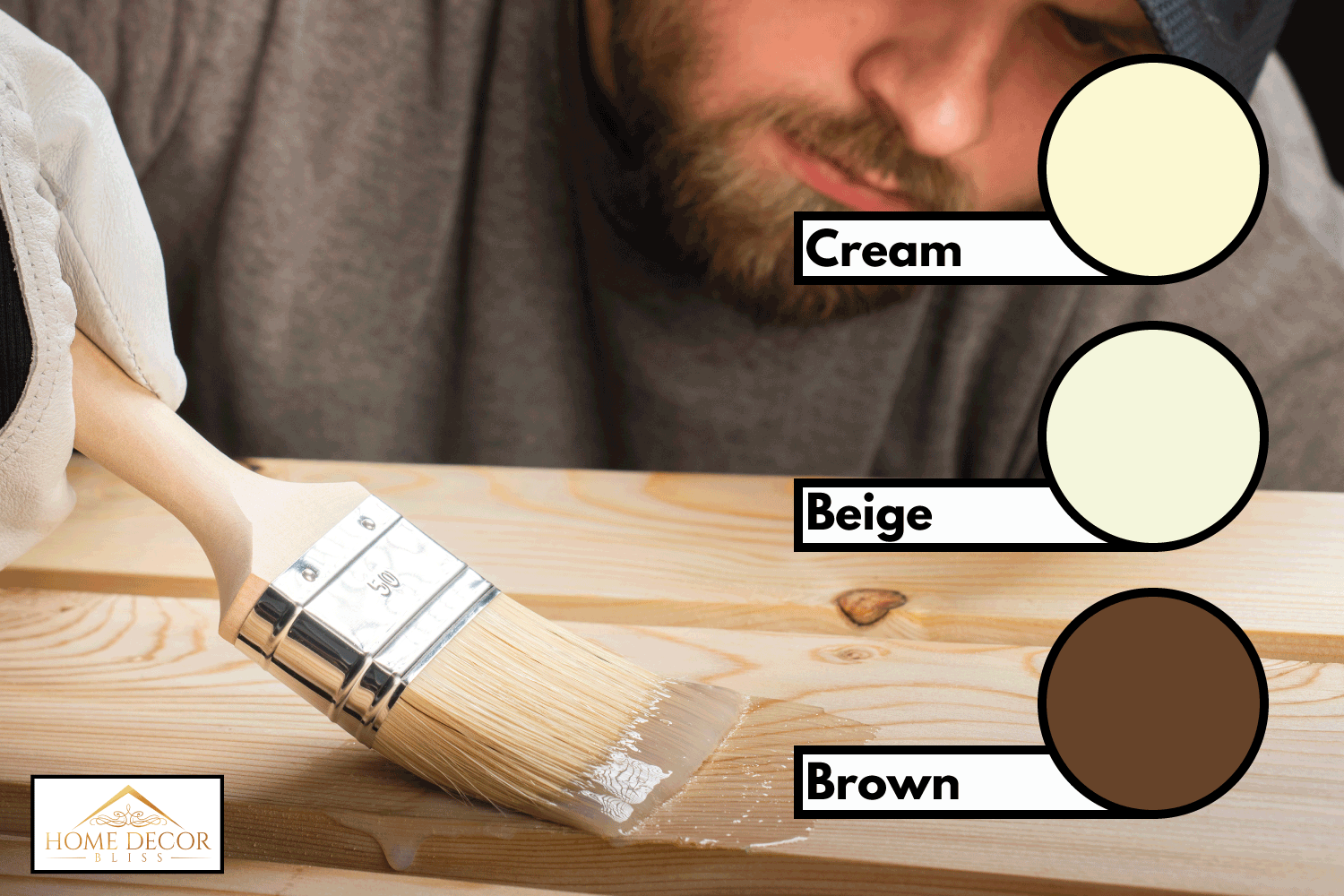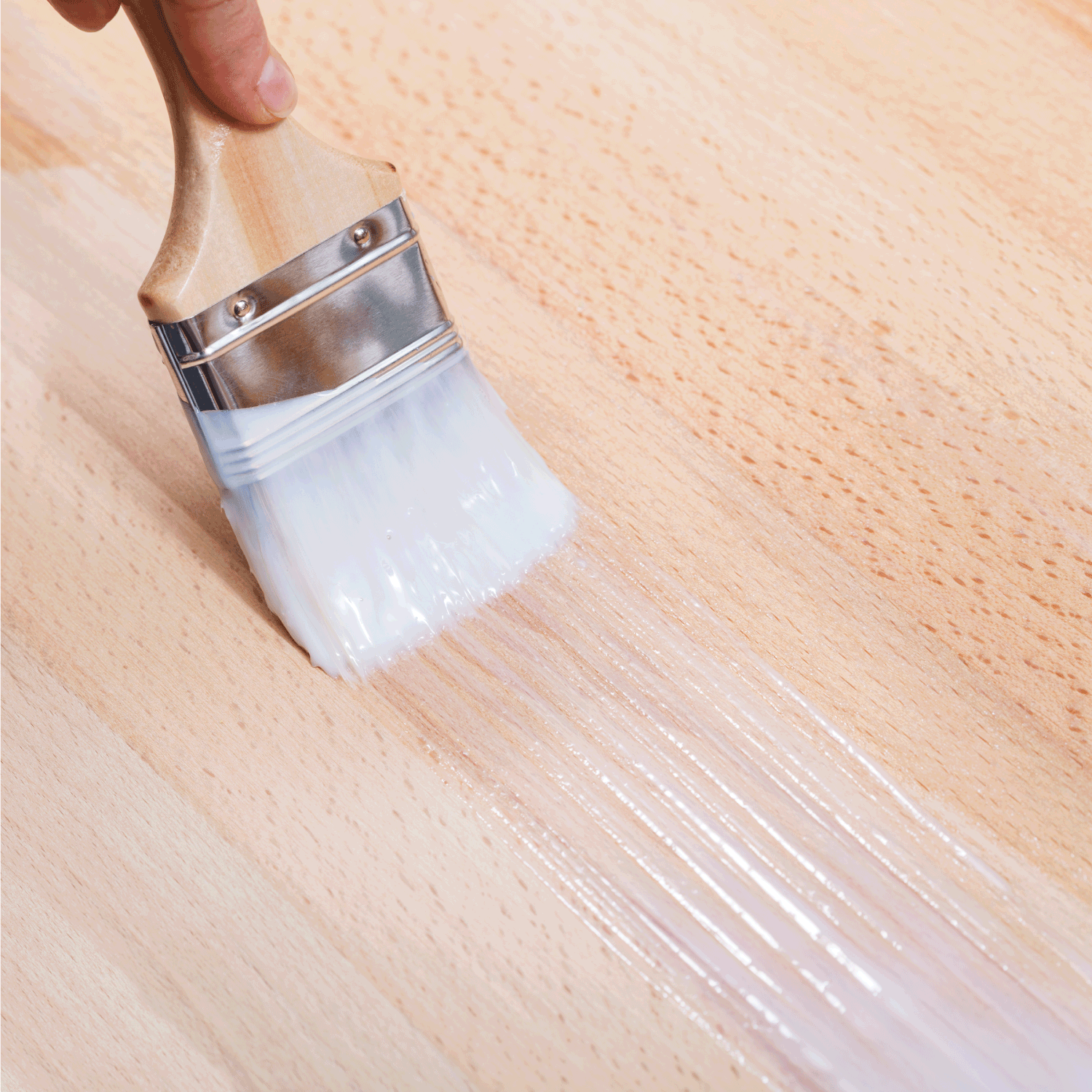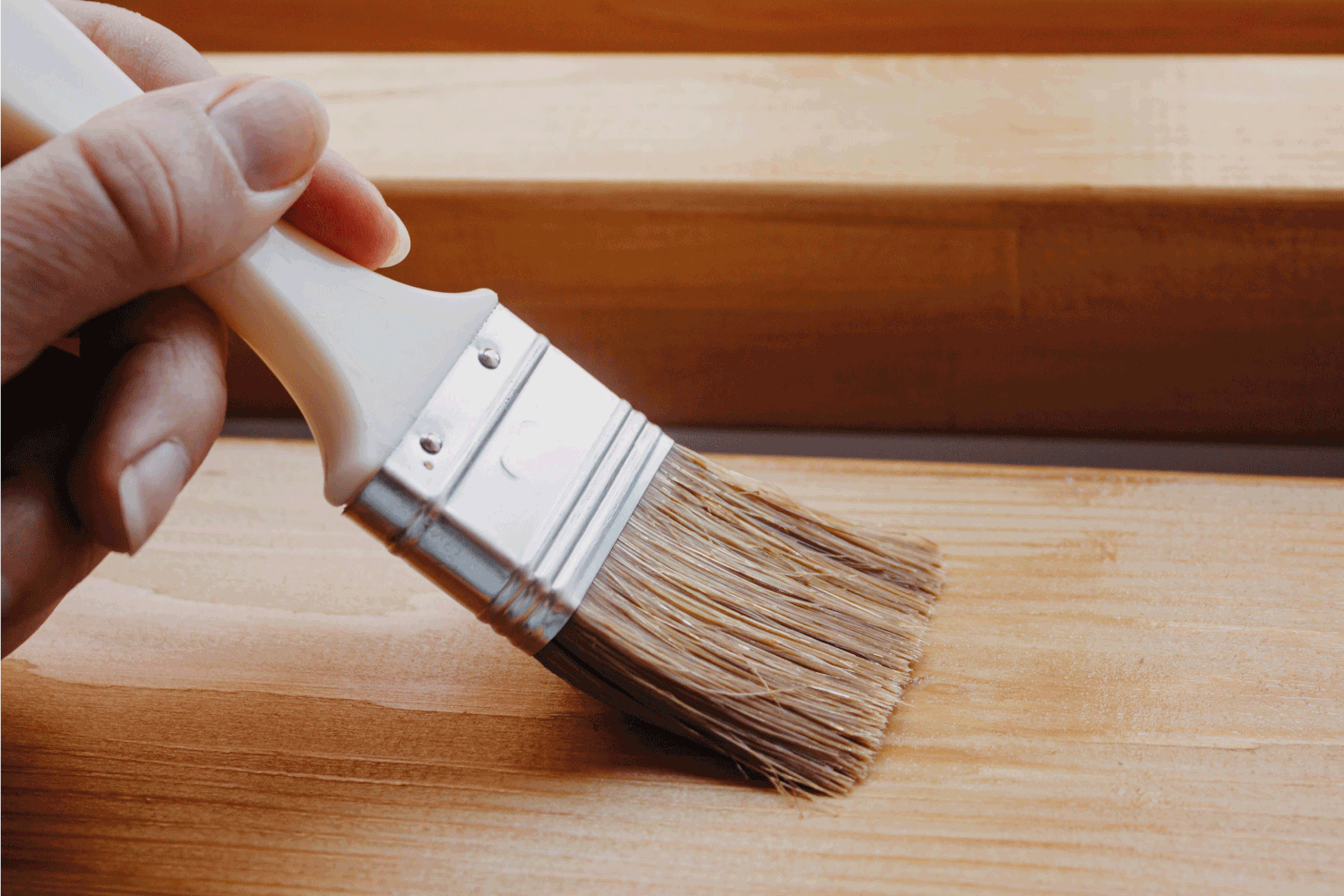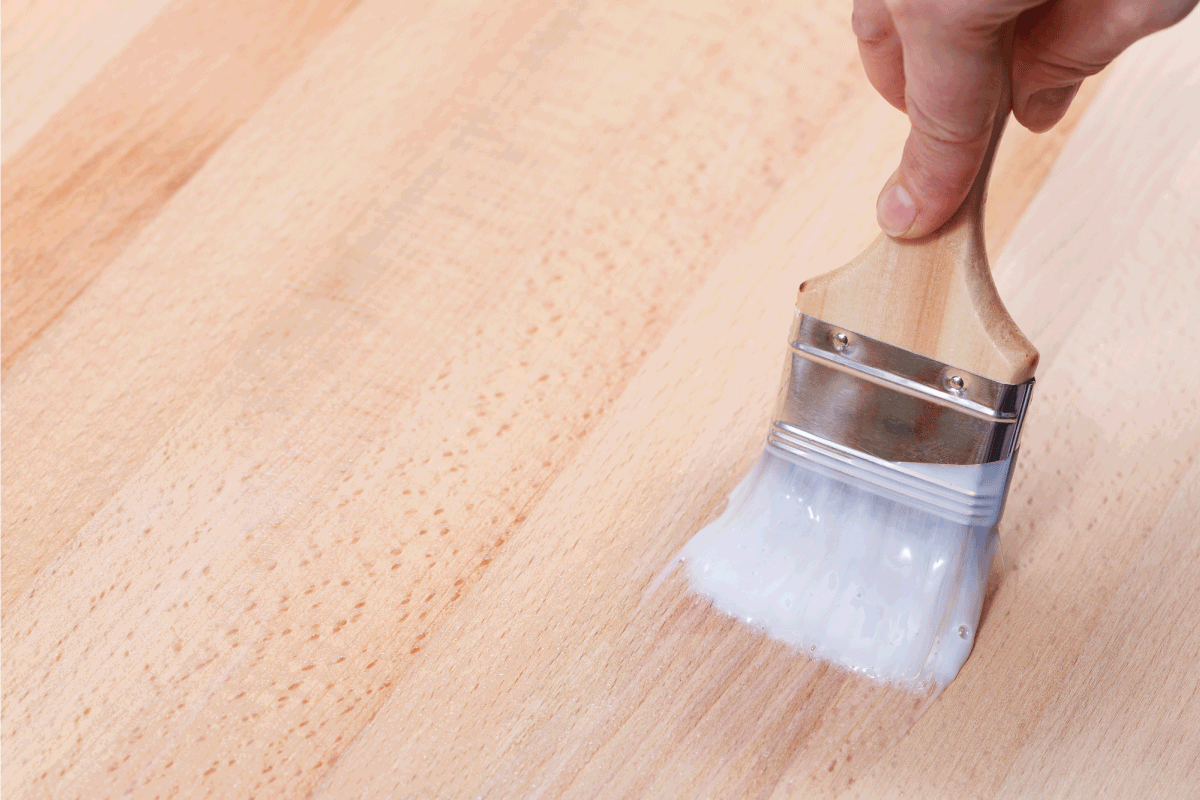If you are tired of your boring white cabinets and want to bring a dash of elegance to your kitchen, then this article will help you. We have researched extensively on this matter so we can share with you the different types of glazes used in glazing cabinets by professional DIYers and how they are used to give a classic, antique look to your kitchen.
Using light shades of cream, beige, or brown can make your white cabinets feel warmer. When choosing the right glaze for your white cabinets, keep in mind that lighter tones will make them feel warmer and darker tones will make them feel the opposite.
There are no hard and fast rules for decorating your home, but there are some glazes that tend to work better with white than others. We'll focus on the glazes that work better with white so read on if you want to learn more about them!

Can White Cabinets Be Glazed?
The short answer is yes. Glazing is an easy way to customize white kitchen cabinets and make them stand out. If you want to create an old-world, antiqued look, then glazing is for you!
What is Glazing?
Glazing is a process where you "glaze" the surface of a piece of painted wood to achieve a classic, antique-looking finish. In most cases, you apply the glaze over the top layer of the first coat to give it a distressed appearance.
Glazing can be applied to the entire surface of the cabinet, or it can be applied to selected areas of it. Selecting the area of the cabinet where you would like to apply the glaze depends on the look you want to achieve.
For example, if you’re trying to achieve an antique look by highlighting the edges of the cabinet door, you apply glaze only to those edges and not the entire cabinet surface.
Here's a video explaining what glazing is all about:
Why Should You Glaze Your Cabinet
White cabinets have become one of the most popular colors for kitchen and room cabinet hardware. Although they can be painted to suit any decor, their popularity stems from the fact that they have a clean, crisp appearance and do not compete with the colors of the kitchen or room, or wherever your cabinet is placed.
When choosing a glaze for white cabinets, you need to take into account the color scheme of the place. It is important to find a glaze that has a similar color tone to the rest of the background.
Glazes can come in different tones, so make sure that you have chosen one that matches your overall color scheme.
You can use glazing on cabinets for the purpose of protection and to add character. Most types of glaze are decorative, so it is important to choose the correct type based on the style of cabinetry and what you are trying to achieve.
Glazing comes in a variety of colors and textures but they all offer the same antique finish.
We sometimes add affiliate links and content that was curated and created by our team with the help of advanced ai tools to help showcase the best design styles.

Best Color Glaze for White Cabinets
As you can see, white cabinets are a common sight in most kitchens. Because of this, white cabinets can get boring and bland if you stick with the same look and feel.
You can make white cabinets stand out more by glazing them. This technique can transform the white cabinets into something with a more interesting look.
Here are some suggestions for making the right color choices for glazing.
Warmer Theme
Glaze with cream
A cream glaze can make your kitchen appear warm and inviting. It blends well with white cabinets and it goes nicely with darker-colored appliances and granite countertops by accentuating them.
Glaze with beige
If you're looking to create a light and airy space, glaze with beige. Beige looks good in a kitchen because it is a neutral color. No matter what else is in your kitchen, a beige antique finish will always find its place.
Glaze with brown
Brown has always been a classic color and it looks great in kitchens. It works well with white cabinets and adds a nice touch of warmth. The chocolate antique finish will make your white cabinets look like they have a rich and warm history.
Check out this van dyke brown glaze on Amazon
Cooler Theme
Glaze with gray
Gray signifies a more sophisticated space. A gray antique finish is a gloomy contrast to white that brings a touch of drama to your kitchen. Gray is perfect if you want to create a calm and collected atmosphere in your kitchen.
Check out this smoke gray glaze on Amazon
Glaze with white
White glaze is a perfect choice for a kitchen that needs to be bright and fresh. White is a color that looks great on white appliances and counters, and it creates a clean and uncluttered look while maintaining that antique finish that will take you on a trip down memory lane.
Check out this winter white glaze on Amazon
Glaze with black
Black will bring depth and dimension to the space, and it will contrast nicely with white. It also creates an elegant, luxurious look. A black glaze will also give your kitchen a complicated feeling that is a mix of nostalgia and hope.
Check out this pitch-black glaze on Amazon
How to Choose Glazing Colors
The glaze colors are up to you, but there are some things you should keep in mind. For example, when you choose a glaze color, you need to make sure it doesn't clash with the cabinets and countertops.
Glaze can make cabinets appear dirty and grungy if you don't know how to apply them. Make sure you wipe out the excess glaze and don't allow it to dry longer than it should.
You could produce a stained look on the cabinet instead of that antique finish if the excess glaze is not taken care of.

How to Glaze White Kitchen Cabinets
If you are looking for a unique accent for your cabinets, consider using a glazing technique to give them an antique or textured appearance. Glazing is a popular finish for cabinets because of the versatility of colors it offers.
For the best results, use a small amount of glaze for your cabinets, and don’t go overboard. After all, you will just be wiping off the excess.
Below are the steps to take when glazing white cabinets:
- Remove cabinet doors and related hardware such as knobs and hinges. Place all hardware in a container for safekeeping.
- Now, you will want to wipe down the doors and frames with a damp cloth and a mild soap solution. Make sure to avoid any soap residue as it may cause the glaze to not adhere properly. Let the cabinet doors dry.
- Apply the glaze to the area where you want to achieve an antique finish. You will want to work in a small area to test it out and to avoid wasting glaze.
- Make sure the glaze is applied evenly. Start with a small amount of glaze and then add more if you feel the surface needs more coverage.
- Once you’ve finished applying the glaze, wipe off any excess with a clean rag. Cleaning up the glaze will help prevent spots or streaks, which will give you that stain effect.
- It’s important to apply several thin coats of glaze, allowing each coat to follow the same sequence of strokes so you can achieve a uniform finish.
- If you’re unsure of how much glaze you need, you can always use a test panel to check the coverage.
- Once the glaze is applied, you'll need to wait for it to dry completely before reinstalling the hardware and moving the cabinet back into place.
- The final step is to apply the urethane to the cabinet. This step is extremely important because it seals the glaze and prevents it from being affected by excessive heat, cold, and moisture. The urethane is applied with a paintbrush and left to dry.

What's the Difference Between Stain and Glaze?
While you may think that glazes are simply stains applied overtop of a painted wood surface, they actually have a different purpose and application.
Glaze has been shown to improve the look of your kitchen cabinets by eliminating unsightly wood spots and cracks. This is made possible through the antique finish illusion that blends with the flaws.
It also helps bring out the beauty of natural wood and allows for a distinct, more striking finish. A glaze is basically a stain with less binder.
Because there's less binder, glaze is much lighter and easier to apply. Glaze also adds flexibility, making it easy to remove for refinishing or for touch ups.

In Closing
Whether you have just moved into a new home or are looking to update your current kitchen, the type of glazing you use can make a big difference. While some homeowners opt for a sleek, contemporary look, others prefer a more classic, antique finish.
If you are planning to replace your current cabinet doors, try experimenting with different glazes before making a final decision.
You might also like:




